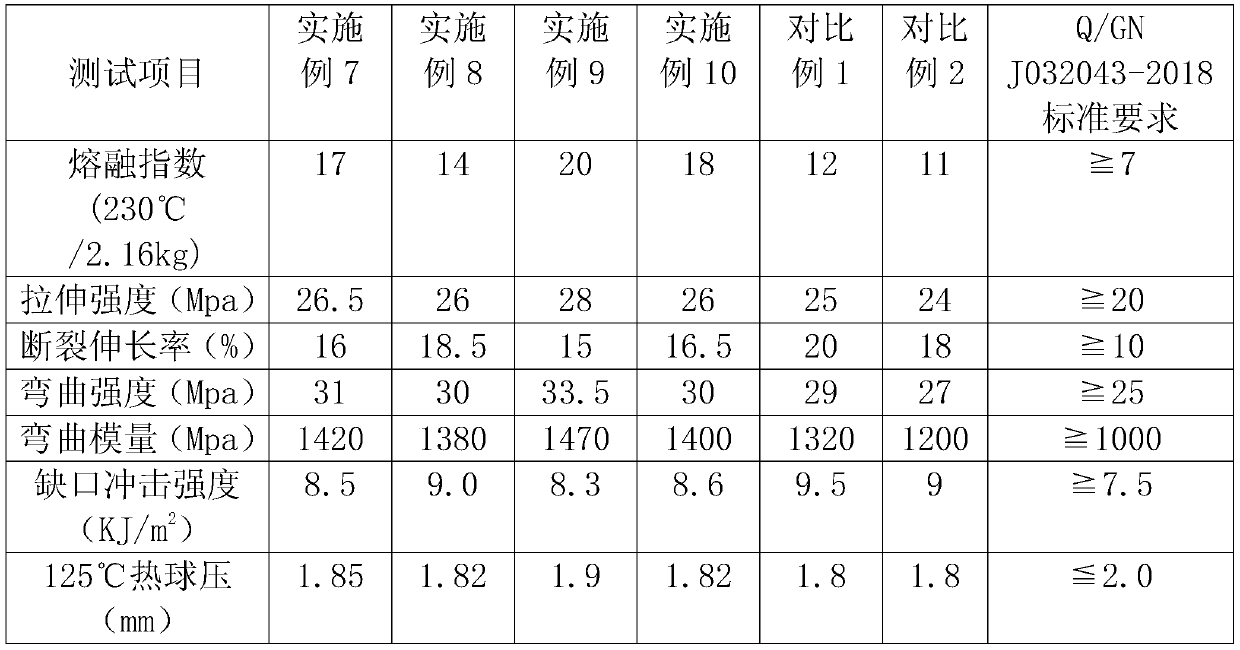Anti-pet agent, and preparation method and application thereof
A pet and intercalation agent technology, applied in the direction of botanical equipment and methods, applications, pest repellents, etc., can solve the problems of loss of anti-bite performance, inability to use, loss of capsaicin content, etc., and achieve the effect of less addition
- Summary
- Abstract
- Description
- Claims
- Application Information
AI Technical Summary
Problems solved by technology
Method used
Image
Examples
Embodiment 1
[0060] An anti-pet agent is prepared by the following method:
[0061] The first step: Disperse the magadite in deionized water, stir for 3 hours and ultrasonic for 30 minutes to obtain a magadite suspension, and the mass ratio of the magadite to deionized water is 1:50; The average particle size of magadite is 30nm.
[0062] Step 2: Add the aliphatic amino-terminated hyperbranched polyamide to the 1% acetic acid solution, fully dissolve it, adjust the PH value to 5.0 with 1mol / L NaOH solution, and then slowly add the mixture dropwise to the first In the magadiite suspension obtained in the step, heated to 80°C, stirred for 6h, centrifuged the mixture at 5000r / min for 10min, then filtered with a 0.45μm microporous membrane, and washed with distilled water to neutrality to obtain The mass ratio of the aliphatic amino-terminated hyperbranched polyamide to the acetic acid solution of the intercalated modified magadiite is 1:100; the molecular weight of the aliphatic amino-terminated ...
Embodiment 2
[0066] The first step: Disperse montmorillonite in deionized water, stir for 3 hours, and ultrasonic for 30 minutes to obtain montmorillonite suspension. The mass ratio of montmorillonite to deionized water is 1:50; the average particle size of montmorillonite is The diameter is 30nm.
[0067] Step 2: Add the aliphatic amino-terminated hyperbranched polyamide to the 1% acetic acid solution, fully dissolve it, adjust the PH value to 5.0 with 1mol / L NaOH solution, and then slowly add the mixture dropwise to the first In the montmorillonite suspension obtained in step, heated to 80℃, stirred for 6h, centrifuged the mixture at 5000r / min for 10min, then filtered with a 0.45μm microporous membrane and washed with distilled water to neutrality to obtain intercalation In the modified montmorillonite, the mass ratio of the aliphatic amino-terminated hyperbranched polyamide to the acetic acid solution is 1:100; the aliphatic amino-terminated hyperbranched polyamide has a molecular weight o...
Embodiment 3
[0070] The only difference from Example 1 is that the inorganic carrier in this example is sepiolite modified with aliphatic amino-terminated hyperbranched polyamide.
PUM
| Property | Measurement | Unit |
|---|---|---|
| particle size | aaaaa | aaaaa |
| melt flow index | aaaaa | aaaaa |
| melt flow index | aaaaa | aaaaa |
Abstract
Description
Claims
Application Information
 Login to View More
Login to View More - R&D
- Intellectual Property
- Life Sciences
- Materials
- Tech Scout
- Unparalleled Data Quality
- Higher Quality Content
- 60% Fewer Hallucinations
Browse by: Latest US Patents, China's latest patents, Technical Efficacy Thesaurus, Application Domain, Technology Topic, Popular Technical Reports.
© 2025 PatSnap. All rights reserved.Legal|Privacy policy|Modern Slavery Act Transparency Statement|Sitemap|About US| Contact US: help@patsnap.com



